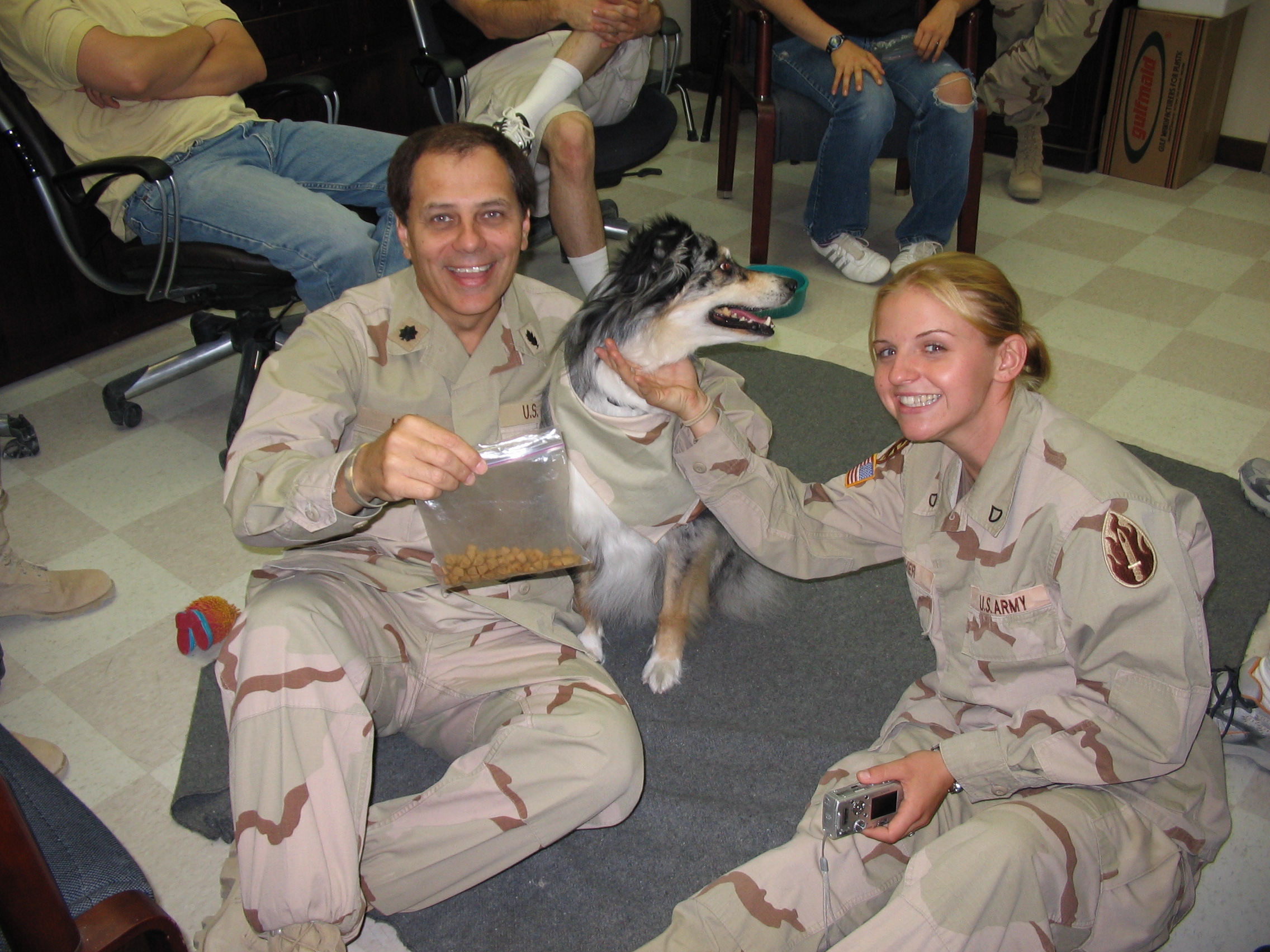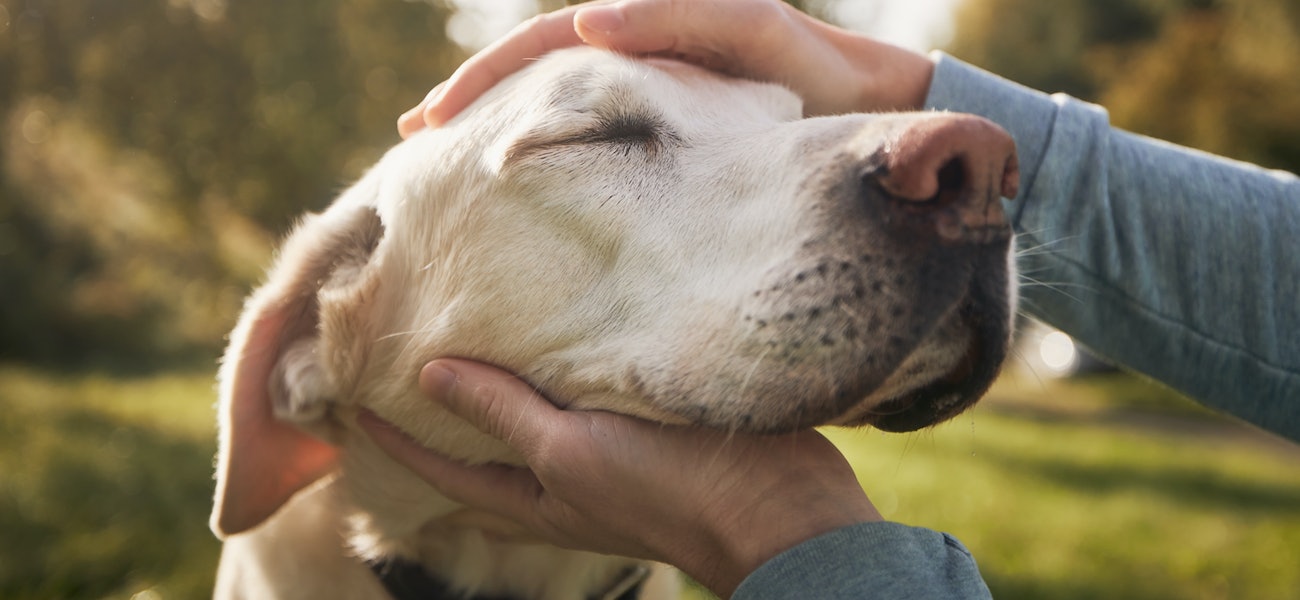No one knows for sure when, why or how dogs made their way from wolves to the furry best friends they are today. Regardless of the scientific details, the over 150 breeds we eagerly invite into our homes today are irrevocably connected to us and our way of life. As one of the only animal species to recognize and acknowledge the non-verbal communication of humans through body language and facial expression, their behavior is compatible to our own in a way that has been fine tuned over centuries.
Why did the first ancient humans invite dogs into their homes? We can’t say for sure, but we’re pretty glad they did. Now, some estimated 15,000 years later, dogs have become more than just best friends, but soothing companions shown to reduce stress through much-needed doses of love and, of course, face kisses.
“There is no quick fix to anxiety, but having dogs around can open the door to further treatment, or offer some relaxation,” explains Dr. David Hayes, a psychologist in Baton Rouge and a former NAVY psychologist. Hayes notes that the proliferation of therapy dogs into a commonplace practice in mainstream society has happened over the course of several years, with recent traumatic events like school shootings and terrorist events playing into its growing popularity. However, animal assisted therapies aren’t new. When deployed to Iraq in 2005, an Australian shepherd acted as Hayes’ partner in working with soldiers who had recently been subjected to combat.
|
|
|
“Dogs are friendly, open and affectionate,” he explains. “They are a great ice breaker, especially with people who are little more quiet.”
|
|
|

Rowdy the rescue dog, a therapy animal in training at Mayfair Laboratory School, is one example. The use of therapy dogs as permanent fixtures in schools is relatively new nationwide, and unprecedented for Baton Rouge. However, while Jessica Mitchell, Rowdy’s human mother, happened upon Rowdy’s healing ability with children and adults alike somewhat by chance, Hayes says the practice offers real possibilities for both school performance and overall attitude.
“Often, when we are with or interacting with dogs, our better nature comes out,” he says, noting that dogs can deliver a more relaxed atmosphere, allowing for many children to perform to the best of their ability in typically high-stress situations as is the case with standardized testing. “We’re less competitive, and it gets us out of our self-centeredness. When we’re with dogs, we aren’t the focus. That experience can be enriching, especially in an age where social media is so prominent.”
Read the full story of Rowdy and the kids of Mayfair Laboratory School from the July 2019 issue of inRegister magazine.





